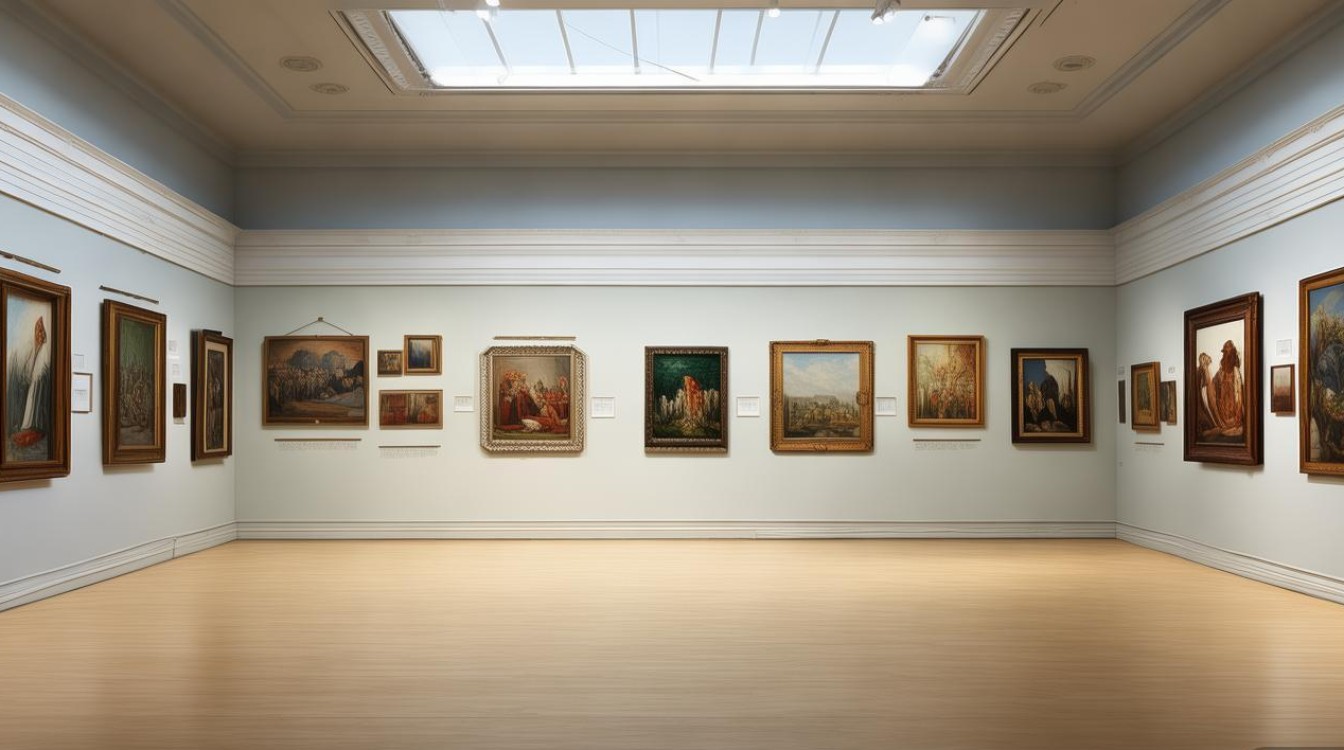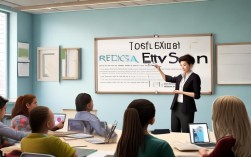下面我将为你提供一个全面的分析,包括核心观点、高分词汇、结构解析、以及一篇高分范文,帮助你应对这类题目。

核心观点与论证角度
在动笔之前,你需要明确自己的立场,这类题目有两种主要观点:
政府应该资助艺术
论证角度:
-
文化传承与国家认同:
- 艺术是国家和民族文化的载体,资助博物馆、美术馆、历史建筑和传统艺术形式(如京剧、昆曲),有助于保存文化遗产,增强国民的文化自豪感和身份认同。
- 例证: 法国政府对卢浮宫、凡尔赛宫的维护;日本对传统歌舞伎的保护。
-
社会效益与公众福祉:
- 艺术能提升公民的生活质量和幸福感,公园里的雕塑、社区的音乐会、公共壁画等,能让城市更宜居,为民众提供精神慰藉和审美享受。
- 例证: 新加坡的“艺术在社区”计划,将艺术融入日常生活。
-
经济效益与旅游业:
- 强大的艺术产业可以创造大量就业岗位(艺术家、策展人、设计师、技术人员等),并带动相关产业(如旅游、餐饮、酒店)的发展。
- 独特的文化艺术景观是吸引国际游客的重要资源,为城市和国家带来可观的旅游收入。
- 例证: 英国伦敦的西区剧院产业;意大利佛罗伦萨因其丰富的艺术遗产成为世界级旅游城市。
-
教育功能:
政府资助的艺术项目可以为学校提供资源,支持艺术教育,培养学生的创造力、批判性思维和审美能力,这些能力在未来社会至关重要。
政府不应该资助艺术,或应减少资助
论证角度:
-
市场应起决定性作用:
- 艺术本质上是一种商品,其价值应由市场需求来检验,政府的资助可能导致“劣币驱逐良币”,扶持那些没有市场吸引力但符合政治或少数人口味的艺术。
- 真正有生命力的艺术应该能够通过市场(如门票、销售、赞助)来维持自身发展。
-
财政负担与机会成本:
- 政府资金有限,用于资助艺术就意味着减少了在其他更紧迫领域的投入,如医疗、教育、基础设施和环境保护,这些领域关系到更广泛民众的基本福祉。
- 例证: 在经济衰退时期,削减艺术预算是许多政府的选择,因为民众认为健康和教育更重要。
-
可能导致审查与不自由:
- 当政府成为艺术的主要资助者时,艺术家可能会为了获得资助而自我审查,避免创作可能冒犯当权者的作品,这会损害艺术的批判性和创新性。
- 资助方向也可能反映执政党的政治偏好,而非真正的艺术价值。
高分词汇与短语
使用精准、多样的词汇是雅思写作获得高分的关键。
| 类别 | 词汇/短语 |
|---|---|
| 政府角色 | The government's primary responsibility, fiscal duty, public expenditure, state funding, subsidy, financial injection |
| 艺术价值 | Cultural heritage, national identity, artistic merit, aesthetic value, creative expression, spiritual enrichment, public realm |
| 经济方面 | Economic benefits, boost tourism, stimulate the economy, generate revenue, create jobs, drive growth, lucrative industry |
| 社会方面 | Enhance the quality of life, foster social cohesion, provide spiritual solace, cultivate public taste, enrich the community |
| 批评观点 | Be a waste of taxpayers' money, be a drain on public resources, the free market, supply and demand, financial burden, opportunity cost |
| 中立/平衡 | A delicate balance, a double-edged sword, a nuanced approach, striking a balance between... and... |
作文结构与解析
示例:*Some people believe that government funding for the arts is necessary to ensure their survival. Others, however, think that artists should be funded by alternative sources. Discuss both views and give your own opinion.*
这是一个典型的“讨论双方观点并给出自己意见”的题目。
结构:四段式
-
引言段
- 背景引入: 简述艺术的重要性,以及其资金来源的争议性。
- 题目转述: 用自己的话重述题目。
- thesis statement (中心论点): 清晰表明你将讨论的双方观点,并给出你自己的立场(通常是平衡的立场),While the private sector certainly has a role to play, I believe that government funding is indispensable for the preservation of cultural heritage and the promotion of art for the public good.
-
主体段一:支持政府资助的观点
- 主题句: The primary argument in favor of state funding for the arts lies in its role as a guardian of cultural heritage and national identity.
- 论证:
- 解释艺术如何承载历史和文化。
- 指出许多艺术形式(如古典音乐、传统戏剧)无法完全市场化,需要政府支持才能生存。
- 举例说明,如法国对卢浮宫的保护。
- 小结: Therefore, without government intervention, invaluable aspects of our collective culture might be lost forever.
-
主体段二:反对/替代方案的观点
- 主题句: On the other hand, critics argue that the arts should be primarily supported by the free market and private benefactors, as this fosters true artistic merit and avoids fiscal waste.
- 论证:
- 讨论市场机制如何筛选出受大众欢迎的艺术。
- 指出政府资助的弊端:可能造成财政负担,且资金分配可能受政治影响。
- 提出替代方案:企业赞助、个人捐赠、艺术品销售、众筹等。
- 小结: In this view, art that cannot survive on its own may not deserve public subsidies, and resources could be better spent on more pressing social needs.
-
结论段
- 观点总结: 重申双方观点的核心。
- 给出你的立场: 明确表达你的最终看法(支持政府资助,但需与私人资金结合)。
- 提出建议/展望: 提出一个更理想的模式,A balanced approach, where the government acts as a foundational supporter while encouraging private investment, is perhaps the most effective strategy to ensure both the survival of our cultural treasures and the vitality of contemporary art.
高分范文
Question: Some people believe that government funding for the arts is necessary to ensure their survival. Others, however, think that artists should be funded by alternative sources. Discuss both views and give your own opinion.
Essay:
The role of the state in financing the arts has long been a contentious topic. While some contend that public subsidy is essential for the arts to thrive, others argue that financial support should be sourced privately. This essay will examine both perspectives before asserting that a combination of both funding models is most conducive to a vibrant cultural landscape.
On the one hand, the argument for government funding is compelling, primarily centered on the preservation of cultural heritage and the promotion of public art. Many art forms, such as classical music, traditional theatre, and historical preservation, are often not commercially viable. If left solely to market forces, these invaluable components of a nation's identity might perish. For instance, without significant state investment, iconic institutions like the Louvre in Paris or the National Museum of China would struggle to maintain their collections and make them accessible to the public. Furthermore, government funding can democratise art, ensuring that high-quality cultural experiences are not confined to affluent individuals but are available to all citizens, thereby enriching society as a whole.
On the other hand, opponents of state funding raise valid concerns about inefficiency and the potential for market distortion. They argue that taxpayer money should be prioritized for more fundamental services like healthcare and education, which have a more direct impact on public welfare. Moreover, when governments become the primary patrons, there is a risk that artistic expression could be stifled or influenced by political agendas, compromising its integrity and critical edge. Proponents of private funding believe that the free market is the ultimate arbiter of artistic merit; only art that genuinely resonates with the public will attract sponsorship and generate revenue, leading to a more dynamic and innovative sector.
In my opinion, while the private sector undeniably plays a crucial role, a complete withdrawal of government support would be detrimental. The most effective approach is a synergistic model where the government and private sector collaborate. The government can provide foundational, stable funding to ensure the survival of our cultural legacy and make art accessible to the masses. Concurrently, private enterprise can be encouraged to sponsor contemporary, experimental, and commercially viable projects, fostering innovation and reducing the fiscal burden on the state. This balanced strategy ensures that we both honour our past and cultivate our future artistic talent.
In conclusion, while the debate between public and private funding for the arts is complex, a dichotomous approach is neither practical nor desirable. A symbiotic relationship, where the state guarantees accessibility and preservation while











